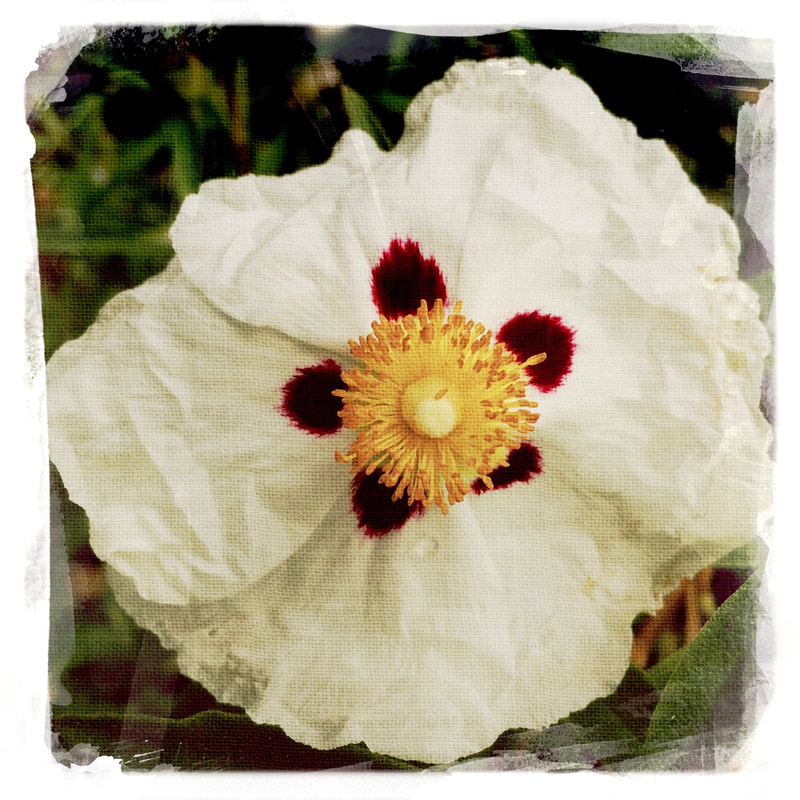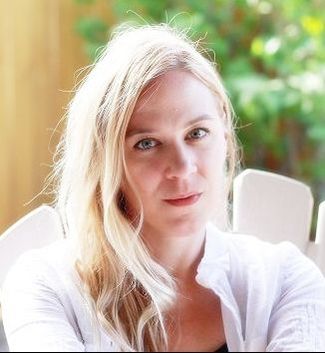ASSAY: A JOURNAL OF NONFICTION STUDIES
4.2
4.2
|
In 2015, Slate published an article entitled “The First-Person Industrial Complex” with the headline “Why did the harrowing personal essay take over the internet?” In it, Laura Bennett describes several of the first-person essays that had gone viral largely because of their confessional and harrowing nature, aided by their packaging, clickbait titles and scandalous meta descriptions. Bennett details what happens behind the scenes in publishing these essays and emphasizes how unprepared many of the writers were for the aftermath of publication. She brings up many of the ethical concerns that we should be talking about when it comes to the exploitation and consumption of the harrowing essay, but she ultimately incriminates the writers for writing on shameful topics or for writing them the wrong way. She writes, “So many of these new iterations…feel like one-offs—solo acts of sensational disclosure that bubble up and just as quickly vaporize. Rather than feats of self-branding, they seem to be… professional dead ends, journalistically speaking.” And later, she cites “self-awareness” as the key component missing from the harrowing essay when compared to the “best first-person writing.” Surprising no one, Bennett’s article prompted a slew of responses across sites including Flavorwire, The Guardian, and New Republic. The reverberations of the article continued on, and still continue: in February of 2017, for instance, The Millions posted an essay by Amy Peterson entitled “How to be Harrowing.” In May of 2017, Jia Tolentino declared “The Personal-Essay Boom is Over” in a New Yorker article, rejuvenating the discussion. In December, a Buzzfeed article by Sarah Menkedick made connections between Tolentino’s critique and the reaction to the viral short story, “Cat Person.”
The harrowing essay debate is not just about the harrowing essay, clearly. It represents a larger, ongoing argument about what “counts” when it comes to the personal, particularly in online magazine publications. Like many, I’ve long struggled with the term confessional. The word manipulates our consumption of particular essays and some topics (like sexual violence and mental illness) are saddled with the term, particularly when they are written by women; the term itself is flung about as an insult. Instead of confessional, I prefer the word disclosure. In any essay there is some level of self-disclosure; in the harrowing essay, the craft moves have a different purpose. The type of disclosure, or perhaps the manner of disclosure, is what readers and critics latch on to as “confession.” Yet disclosure itself is ultimately a rhetorical move. Each disclosure has a function in an essay, as does every disclosure that is withheld. In the age of the harrowing essay, and my current theorizing of disclosure, came the 2016 edition of the Best American Essays. Jonathan Franzen’s introduction offers up a deviation from the conversations that stemmed from the harrowing essay debate: he offers insight into his selection process by discussing the role of risk in essays. He writes, “My main criterion in selecting this year’s essays was whether the author had taken a risk…In the essays I did choose, risk itself comes in different forms” (Franzen xix-xx). Franzen outlines some of the types of risk he recognizes, concluding, “There is, finally, the risk I feel most grateful to a writer for taking: shame” (xx). The final few paragraphs of his introduction isolate the risk of shame as an important component in writing and sharing an essay of this type. He concludes, “The essay as a species may be verging on endangered, but a mediated world of buried shames has greater need of it than ever” (xxi). We rarely consider the craft of shame as part of how we talk about confessional essays, let alone the disclosure that is at play. Franzen's assertion contrasts starkly with what Bennett and others have said about those essays that negotiate (and loiter in) shameful topics. Of course, the harrowing essays of Bennett’s article and the essays within BAE are very different, but there are still the mixed messages on the place of shame, self-disclosure, and honesty within first-person narratives. The very thing that critics of the online personal essay react to is the very thing that is celebrated by arguably the most important anthology to the contemporary essay. It’s the way the shame is conveyed that sets the literary essays apart from the harrowing essays, and that’s not necessarily the fault of the harrowing essay writers. __________
By understanding disclosure as an element of craft, we can then discuss it in terms of what’s working, why it works, and how it functions in the text. Within the 2016 volume of Best American Essays, it’s easy to see that criteria in action. And, viewing those “risks” as disclosure also illuminates the wide range of disclosures possible.
The primary disclosure in Alexander Chee’s “Girl” seems to be about dressing in drag on a Halloween night in 1990, yet Chee’s disclosures are peppered throughout the essay, allowing the reader into a singular experience of intersectional identities. Trying to “pass” is particularly poignant in this essay, as Chee recounts trying to pass at various points in his life: as a boy, as one nationality or another, and then, in this moment, as a girl – specifically, he says, as a white girl (17). Through his disclosures we find a more universal experience of discomfort in our own skin, of a lack of belonging – whether that means to an identity, or to a population – and ultimately shows us how it is possible to come to love ourselves in whatever way we need to. On the final page, Chee writes: I am not the person who appeared for the first time that night. I am the one only I saw, the one I had rejected until then, the one I needed to see, and didn’t see until I had taken nearly everything about him away. His face is not half this or half that, it is all something else. Chee’s disclosures about dressing in drag aren’t revelatory because they are the basis of the piece. Yet what we learn about the narrator’s interiority does feel quite private, and some of the scenes or disclosures would feel more confessional in another context. For example, in the section titled Girl, the narrator describes an early fascination and experimentation with makeup. There is a moment when he tries to surprise his mother by putting on lipstick, but her reaction is not what he expected: that is the moment where shame—and the craft of it—plays a critical role in the disclosure. The narrator’s insight comes into focus. Chee writes, “There was a line, and I had thought I could go back and forth across it, but it seemed I could not. Until I could. Until I did” (23-24). Disclosure results in shame which morphs into clarity.
Later in the volume, Katherine E. Standefer’s “In Praise of Contempt” opens with an explicit scene involving an ice cream cone, and by the end of the first page we know that the narrator has just had sex and wants more: this is the beginning of many such disclosures. By the end of the third page, we’ve read about her sexual awakenings and learned that she sleeps with married men. She discloses that she doesn’t like the man she’s talking about just having slept with. On the next page, she describes being “star pickings for married men,” specifically those in open marriages (252). By the seventh page, we’re getting more insight into her approach to sex: “[I]t is critical to me that I honor these desires, that I fumble my way toward them. I learn how this works; I find my way into strange spaces with strange men. I set my own boundaries, I check my intuition” (Standefer 255) In Standefer’s piece, the constant need for sex and her history of sexual behaviors are central, but they are disclosed in a very matter-of-fact way: crafting the tone in this way, she resists empathy and owns her sexual experiences without apology, which means she rejects the shame associated with the risk she takes by disclosing her sexual past. Disclosure in Standefer’s essay at times can feel reckless, which mimics the subject matter. It’s an uncomfortable read because of her revelations. But the discomfort is necessary and Standefer’s use of it is rhetorically effective—it provokes an embodied response and enables the reader to feel some of the contempt as she describes it. While contempt is not an agreeable word, it’s useful to her in her sexual experiences. She holds a peculiar, empowering view of contempt: it is “a powerful small thing, which holds a space, preventing inappropriate enmeshment” (Standefer 257). Without all she discloses, the deeper meaning she arrives at wouldn’t have the same impact. Disclosure serves a specific craft purpose. In our haste to define or separate or advocate confessional writing, we overlook the simple fact that everyone discloses something in their writing—even the decision to not disclose says something about the writer or narrator. Even in essays that lack first person pronouns, or essays that rely heavily on research and minimally on the self, disclosure plays a critical role. In another essay from BAE 2016, “The Bonds of Battle,” for example, Sebastian Junger discloses his experience with post-traumatic stress disorder in the first line. His disclosure establishes his ethos and sets the tone, as the bulk of the essay is not about him or his experiences. Dismissing personal writing as confessional can silence individuals, and if we’ve learned nothing else lately, I hope we’ve learned about the violence of silence and the way it festers and eventually explodes. Franzen’s point about needing the essay more than ever feels particularly relevant now. To support one another as we break our silences, part of the work we can do as writers and readers of the essay is talk about how we utilize our shame and our secrets within our writing. We can address self-disclosure as an element of craft and move away from the language of confession. |
Click here to download a printable PDF with Works Cited.
|
Emery Ross graduated with an MA in Rhetoric and Composition from Boise State in 2017. Her work has appeared in Gravel, Punctuate, Jersey Devil Press, and elsewhere. She currently lives in Idaho and can be found at emery-ross.com and unreadstoriesclub.com.
|

